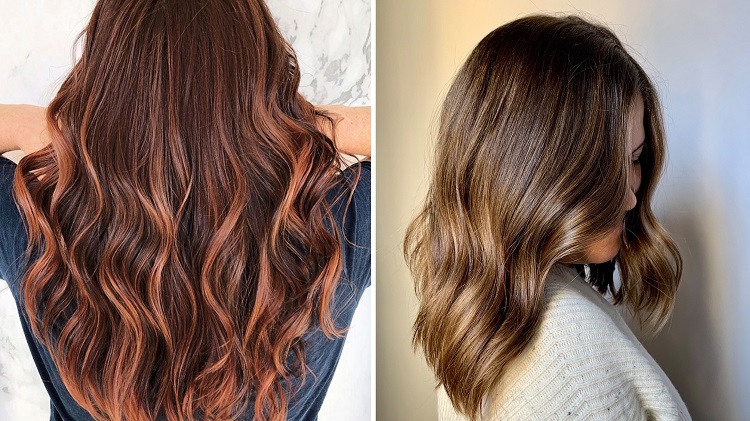Dyeing your hair is possibly the fastest and best dramatic way to change the way you look. This is also an excuse to buy a new wardrobe as you will find that what works for you as a brunette looks somewhat repetitious to a new blonde. No matter what type of hair coloring technique you are going to use, for getting ideal result you need to understand first everything about hair dyes. Let’s first talk about the types. There are two types of available colors. Permanent and semi-permanent hair colors.
Permanent hair colors
Must be mixed with hydrogen peroxide to enhance hair color. The peroxide opens the hair cuticle so that the dye can enter the cortex and form the shade. The higher the peroxide content, the faster and easier the result will be.
Semi-permanent hair colors
They don’t really boost the color, and you can also vary the tone in your natural highlights or go darker. Quasi-Color comprises 3% peroxide and ethanolamine, which easily open the cuticle. This means that the color can last for up to 15 washes and fade gently with shampoo, not a regrowth problem.
Semi-permanent vegetable hair dyes
This type of hair dye contains only herbal extracts and natural ingredients so that no color will be pulled out of your hair. It’s similar to henna, but it doesn’t only cover the hair but also adds shine. This color sits on the surface of the hair and is washed off after about ten washes usually.
There are different hair coloring shades, so each shade is unique and might fit for a base color type and not suitable for the other. Here are some professional tips about how to choose the best dye for your hair.
Choose hair color according to skin tone.
Your new hair color should complement your skin tone. Fair-skinned people don’t look good with very dark hair because it tears the dye off their skin. Dark, tanned skin doesn’t look great when mixed with a solid blonde, but three or five shades of blonde, brown, or honey look fabulous.
Black Hair Dye
It is the easiest color to obtain because the molecules with black tints are more extensive and cover all hair types very effectively. Care should be taken when using black as it is only suitable for people with darker, olive skin. It’s great for getting the gothic look, but definitely not for your grandma.
Brown Hair Dye
The brunette is always a safe choice as this will suit almost any girl or woman. A wide variety of appearances can be achieved by varying the type with highlights. From chocolate brown and bronze tones to honey or dark blonde, the natural tone combinations give incredible shine, as the darker pigmented shades give your hair more condition.
Red Hair Color
Red is the ultimate stimulating shade for eye-catching colors. Hair holds red-tinted pigments well, so copper tops can be easy to use for most people. But be careful, if you are blonde, you usually need to go three or four shades darker than your natural color to get rich red color, and it’s not easy to reverse.
Blonde Hair Color
If you want to go blonde, discuss the process with your hair colorists before you decide. It should be relatively painless on virgin dark brown hair, but once your hair has been permanently dyed, the process becomes a long saga. Never try this type of dye on its own for the first time.
There are a lot of myths about hair coloring. So with this information you can get all answers of your questions and understand what is right or wrong.
Color-treated hair appear dull.
Over-processing is the main reason in this case. If your hair is starting to look dull, try using semi-permanent colors where the pigments sit on the hair and add a lot of tone and shine.
Dyeing can damage your hair.
Only if the wrong level of peroxide is used or overloading your hair, then yes, hair coloring could go wrong. If you continue to change the color of your hair, especially going from blonde to brown and back to blonde, you will need to go through deep conditioning treatments on a regular basis.
Permanent or Semi-Permanent, which color is right?
The semi-permanent color adds shine and condition to your hair, but it doesn’t break the natural hair color. Additionally, a semi-permanent shade does not cover a large amount of gray hair. So Permanent hair color is right if you have more than 50% of gray hair. If a permanent shade is used correctly, you will still get a nice effect, and semi-permanent dyes can be used to maintain these permanent treatments and improve the condition.
